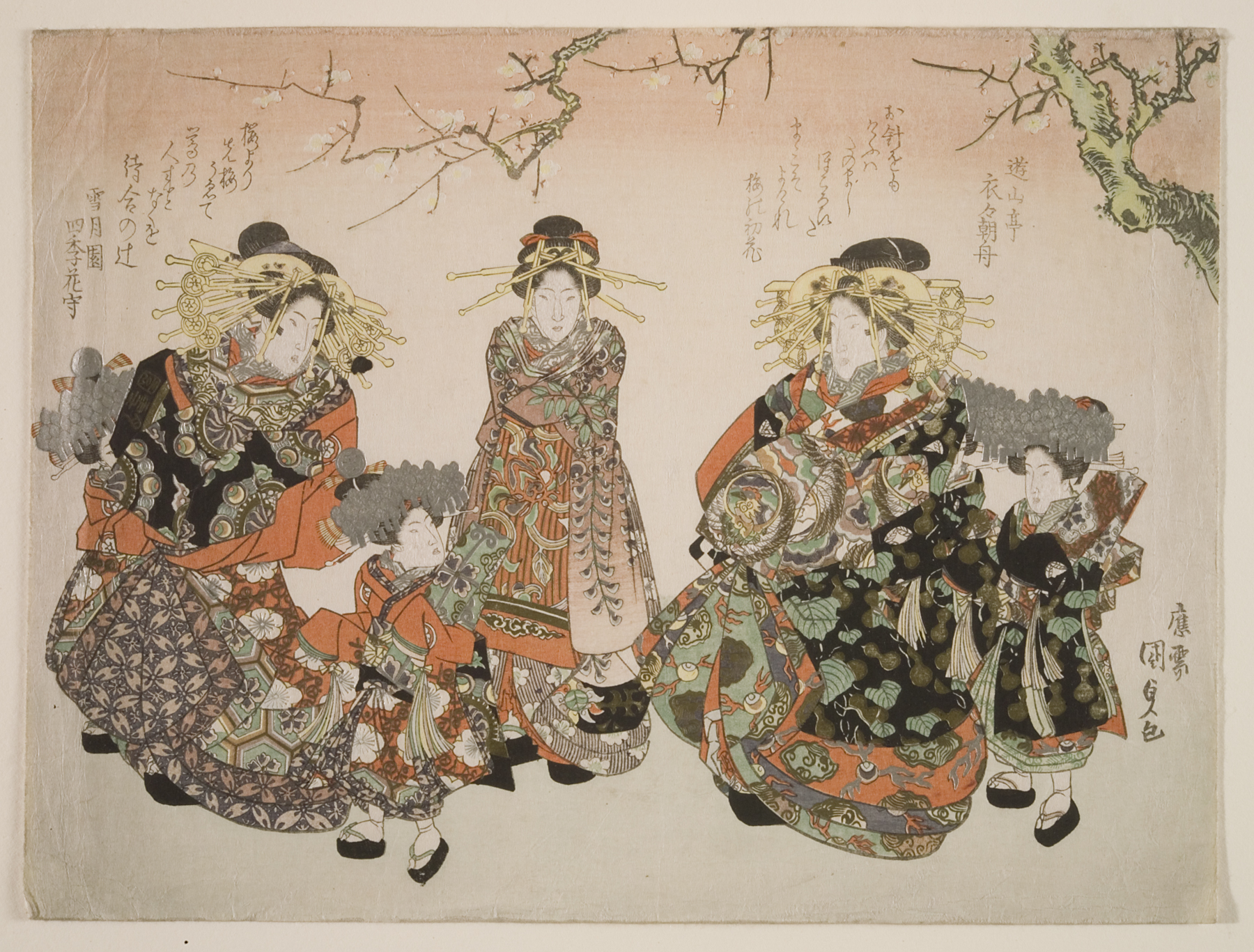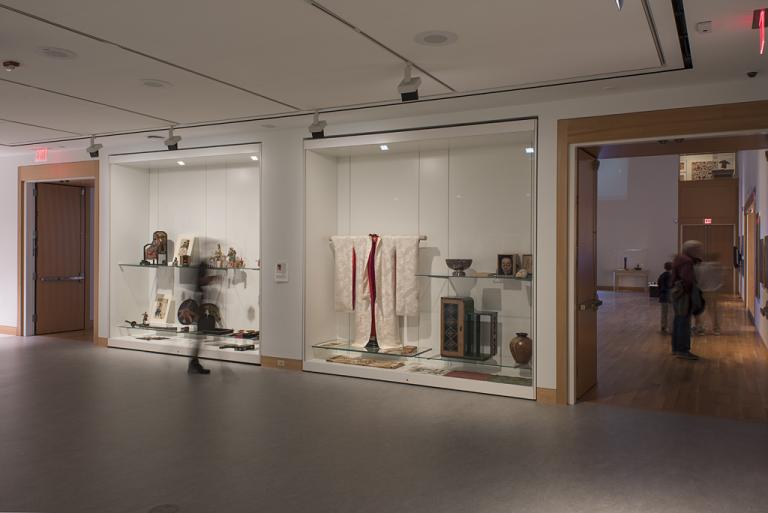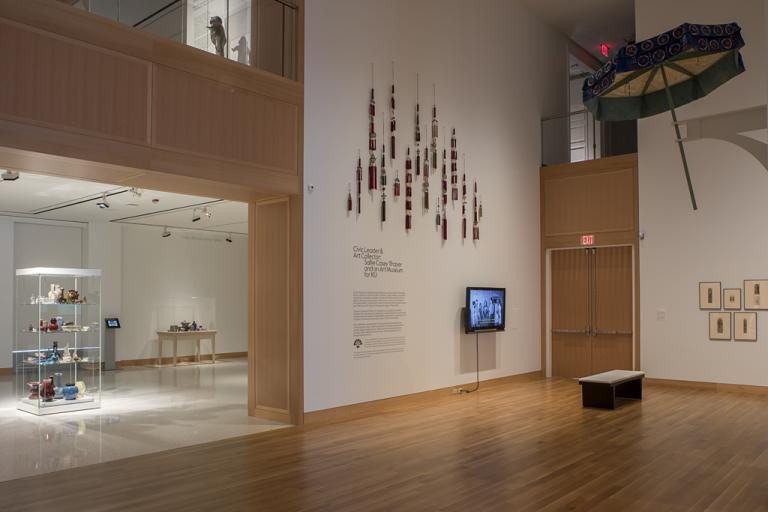courtesans and attendants under a plum tree, Utagawa Kunisada
Artwork Overview
Utagawa Kunisada, artist
1786–1864
courtesans and attendants under a plum tree,
circa 1820s–1830s, Edo period (1600–1868)
Where object was made: Japan
Material/technique: tin dust; color woodcut
Dimensions:
Sheet/Paper Dimensions (Height x Width): 210 x 281 mm
Sheet/Paper Dimensions (Height x Width): 8 1/4 x 11 1/16 in
Mat Dimensions (Height x Width): 14 x 19 in
Sheet/Paper Dimensions (Height x Width): 210 x 281 mm
Sheet/Paper Dimensions (Height x Width): 8 1/4 x 11 1/16 in
Mat Dimensions (Height x Width): 14 x 19 in
Credit line: William Bridges Thayer Memorial
Accession number: 0000.1480
Not on display
If you wish to reproduce this image, please submit an image request









